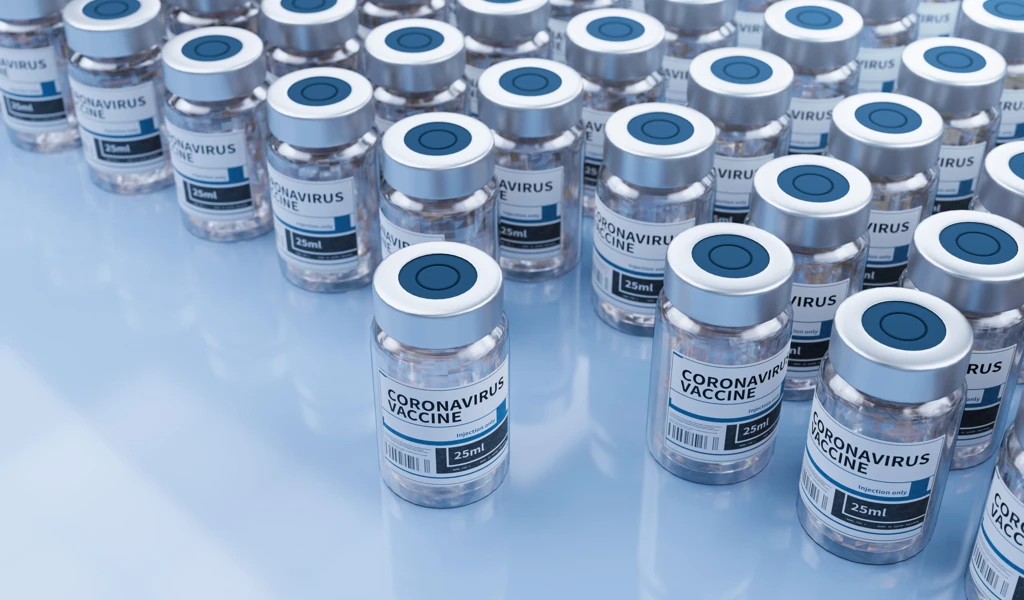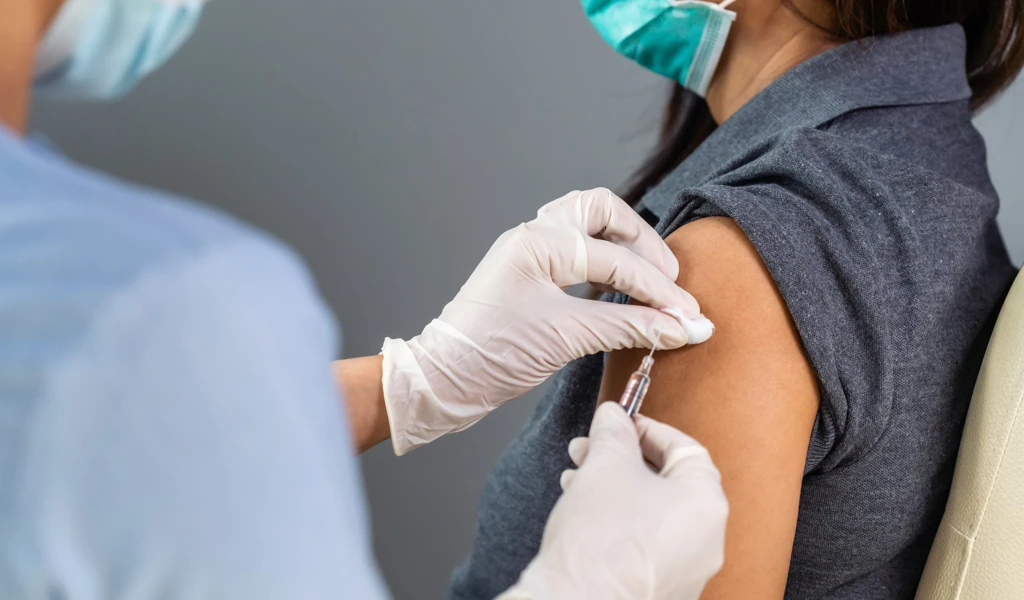How can CEPI measure success across its COVID-19 vaccine portfolio?
We manage our portfolio to make sure the most promising vaccines move forward, based on three key criteria of speed, scale, and access. The portfolio currently consists of nine vaccines, and we are currently assessing other potential candidates to invest in. We hope to progress at least three candidates from our portfolio to licensure.
When assessing potential candidates against our key criteria, the starting point is what's called the ‘target product profile' for a vaccine: essentially what you'd like to see in terms of the effectiveness and safety profile of a vaccine. These are the minimum requirements. The FDA (U.S. regulator) has set the bar at 50% more effective than placebo at preventing the disease, and obviously, you'd want higher than that.
The Holy Grail is prevention of infection — prevention of transmission from one person to another. But I think we need to manage people's expectations. A good way of looking at it is to consider seasonal influenza. That's a disease that's not dissimilar to COVID-19. And we manage it well globally through vaccination, which is extremely successful at preventing morbidity and mortality in the elderly and high-risk populations even though in the elderly, vaccines are not 100% protective.
So, with COVID-19, I think we have to recognise that the primary purpose is prevention of disease. The ideal situation would be prevention of transmission, but if you asked any vaccinologist, they'd recognise that prevention of transmission is an extremely high bar that very few vaccines can actually reach.
What's important is that we model different scenarios to see the potential impact of different vaccines — so, for example, what would be the impact in the community of a 70% efficacious vaccine rather than 50%, or one that can prevent transmission as opposed to one that prevents disease. All of these factors need to be built in, to create the best vaccination programme.
We manage our portfolio to make sure the most promising vaccines move forward, based on three key criteria of speed, scale, and access. The portfolio currently consists of nine vaccines, and we're are currently assessing other potential candidates to invest in. We hope to progress at least three candidates from our portfolio to licensure.
What other criteria does CEPI use to consider the pros and cons of different vaccine candidates?
It's very complex to weigh up what each individual candidate or platform can offer, in addition to preventing disease and potentially preventing transmission.
You might find that one vaccine works really well in 20-year-olds but doesn't work so well in the elderly. So, we have to look at who we are trying to prevent disease in, and to make sure we have a portfolio of vaccines that can protect at-risk populations, which are diverse. You would ideally want a vaccine that can be used in pregnant women, and a vaccine that you might want to use in children, if needed — and that might be different from another vaccine. We should avoid giving the impression that one vaccine will provide the answer to everything.
And then there are other criteria we look at when we're evaluating CEPI's portfolio, such as manufacturing, and scalability. There's also delivery — and the key point here of one-dose versus two-doses. The ideal would be a one-dose vaccine for a few reasons. One reason is faster protection: a single dose could be used potentially to control an outbreak as well as vaccinate people for general protection, whether they're at significant risk or not. There's also far more compliance with a single-dose regimen. And for vaccination campaigns, a single dose is far easier and far less expensive. In low-income and-middle-income countries, a single-dose campaign is likely to be more successful than a two-dose regimen. We've identified that's a gap in our portfolio and we want to prioritise a single-dose regimen as one of our priorities.
And then, there's the cold chain, which is important from an access perspective. Whether your vaccine needs to be stored at minus 70°C or 4°C are very different things. You're adding a huge amount of complexity if you need to build a minus 70°C requirement into a cold chain. Obviously, we want to move those vaccine candidates forward with the best overall profile. I'd rather give a vaccine that's at minus 70°C and 90% protective than one that can be stored at 2°C to 8°C but which is only 10% protective, as an example. You just have to weigh everything up together to get the best balance.
There's a debate around the length of immunity. Does that complicate vaccine development?
This is a really important question. We are 6 months into the disease. So that's the maximum data that we have at the moment. With respiratory diseases in particular, we do see waning antibodies. And we don't know whether that waning of antibody will equate to loss of protection. We need to gather data to see whether people are being re-infected or not, and what the disease looks like, if they are re-infected. All of that information will help vaccine developers decide if booster doses of vaccine might be needed in the future, for example. So, it's important that the work is being done. We need to follow it up in the longer term. We need to see how that waning of antibody from natural infection compares with waning antibody in vaccinated individuals, and continue to build on how best to use vaccines.
We need to manage expectations. When we say: ‘end the pandemic', we don't mean we are ending the disease, but we can end the acute situation, which is paralysing the globe.
What about the challenge of getting approvals from many regulatory authorities?
This is a topic of much discussion: how to get regulatory convergence and acceptance because it's a huge burden to get licensure of vaccines in many different countries. The issue is these are regulations in countries' law. We can say: people should rely on one regulatory approval. But each country needs to decide within its own law how it deals with that. COVID-19 vaccines will be brand new vaccines: there's no process that's been reviewed multiple times for manufacturing, there's no agreed approach to labelling, and no agreed approach to the amount of clinical data you need.
How does CEPI's portfolio approach support the different vaccine programmes?
One of the things we're investing in is centralised laboratory testing, so scientists can use the same assays. We want to develop a gold-standard assay, so vaccine developers and regulators can understand and compare the merits of each of the vaccines that are being developed. We're looking at making sure that people are using either the same or at least similar endpoints in clinical trials, so the definitions are the same. We're putting a lot of effort into these types of activities, so we don't end up comparing apples and pears.
Can we think in terms of ending the pandemic?
What does ‘ending the pandemic' mean? We need to recognise that we're likely to get to a situation like seasonal ‘flu. Or take measles as another example: we have a highly effective vaccine against measles, but measles still exists. We need to manage expectations. When we say: ‘end the pandemic', we don't mean we are ending the disease, but we can end the acute situation, which is paralysing the globe.



